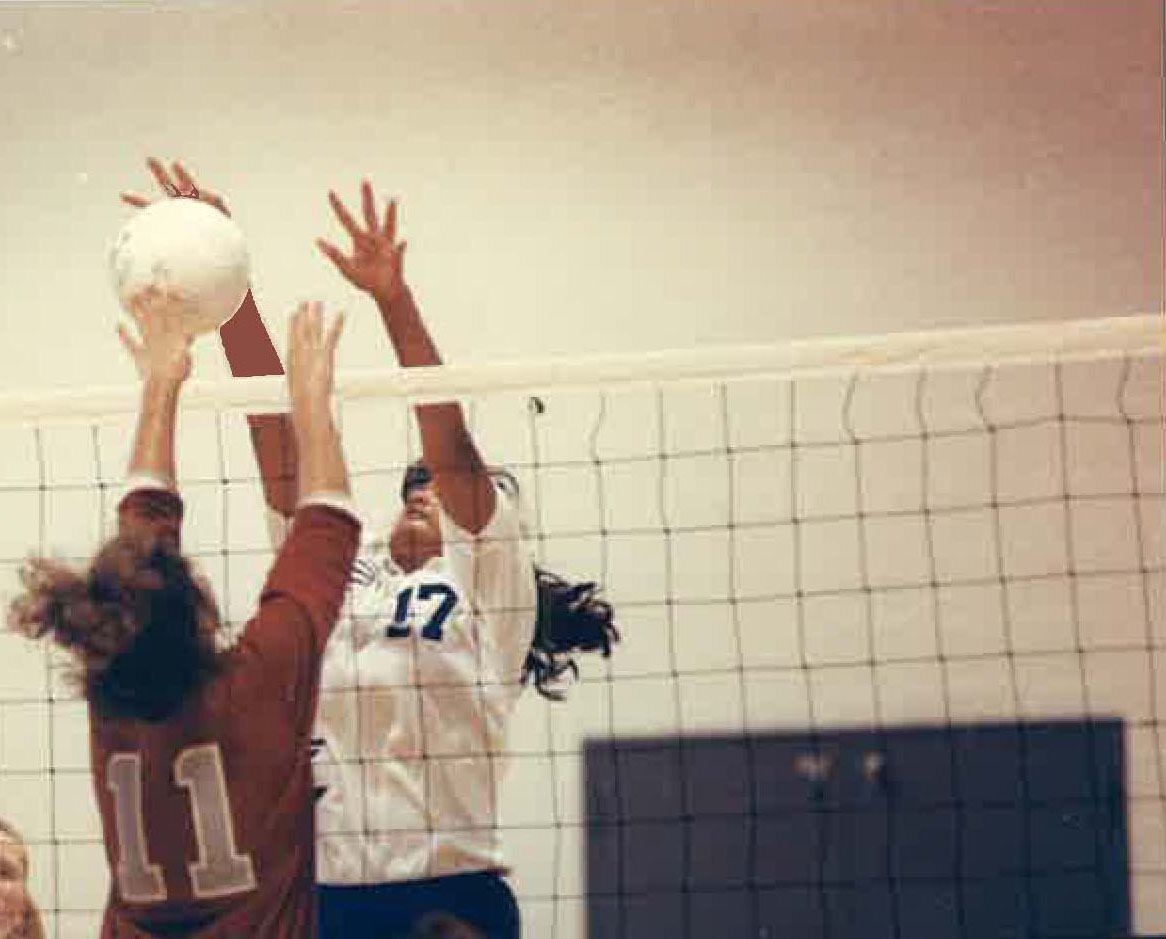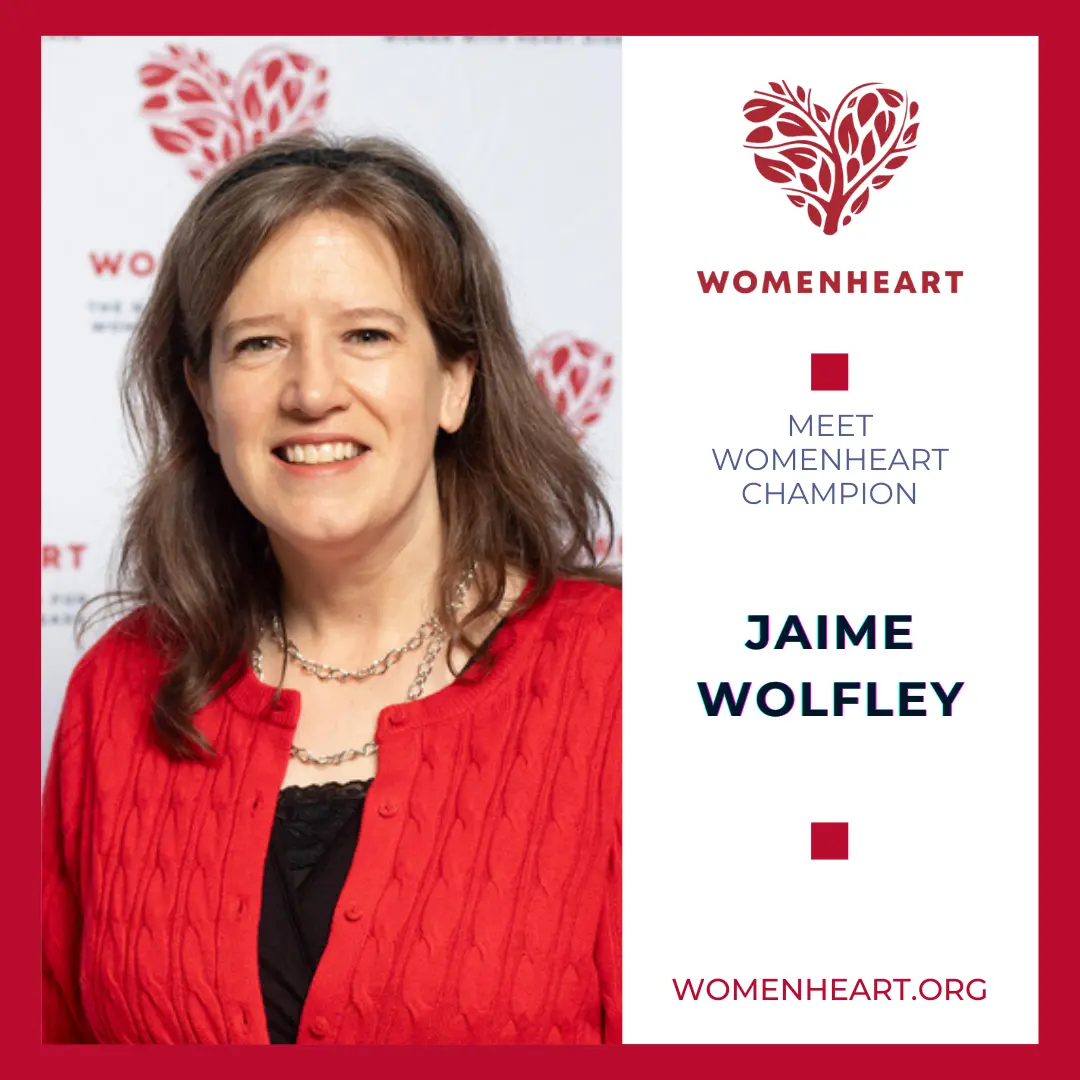Originally published in U.S. News & World Report
I grew up in the United States, a child to first-generation immigrants from India. My parents worked very hard; my dad was a professor, and my mom stayed at home raising three energetic children. Our diet oscillated a great deal, from authentic South Indian food such as dosa and idli (my favorites) to classic American food. In my early teen years, I declared my love for Doritos and sour cream. Luckily, I never got on the soda bandwagon. My parents provided well for us and rarely held back on our requests for different foods.
When I hit 10th grade, I had an epiphany around my weight and realized that my diet and lack of exercise was problematic. For years, my family affectionately called me “pudgy one” in our local Indian dialect, which never concerned me until I got older. One of my volleyball coaches helped me understand the trajectory that I was on and what I’d need to do if I wanted to play college ball. For me, this also meant building my profile for admission to a top-tier university, crucial to my personal goals at the time.
My coach educated me about nutrition labels, fat content and the importance of daily exercise. A bit to my parent’s dismay at the time, I architected entirely my own diet, holding my fat intake to less than 30 grams per day, and woke up at 4:30 every morning to exercise at the gym before school. Over the course of several months, I dropped more than 20 pounds and transformed myself into a strong athlete.
I wasn’t the type of kid to keep my opinions to myself. As my knowledge about diet and exercise grew, I’m certain I drove my parents crazy, lecturing them about changes they needed to make in their life. My mom developed an arsenal of accommodations to Indian staples. She pioneered a 50-50 split of white rice and quinoa and got other family members to agree to it – no small feat when feeding a family of five. She reduced ghee and salt usage when cooking and focused on using seasonings to drive flavor. To my mom’s credit, she’s a pretty amazing and creative cook.
During my senior year of high school, several colleges recruited me, and I decided to attend Johns Hopkins University, where I had a strong, four-year athletic career while receiving a world-class scientific education. This experience reinforced my ability to overcome many odds and achieve something I deeply desired. Furthermore, I transformed my health trajectory, an important consideration given my Indian heritage. Studies show that people like me have more than double the risk of heart disease than others – a very scary statistic. However, researchers have found that 80 percent of deaths from heart disease could be prevented by controlling factors such as what we eat and how much we exercise.
Take the time to identify what drives you toward better health. For me, I come back to my North Star, my intrinsic motivation to be a difference maker, changing the world around me for all women who aspire to do more. Good health is essential to achieving my personal goals. In a world where bias and inequity are real challenges for women, a North Star can be the conduit to fight our internal fears and advance in a way that uncovers new roads and paths less traveled. I jump on the treadmill, put on my music and my imagination runs to the endless possibilities. While I foster my physical health, my mental health advances as well, with a healthy rush of running-induced dopamine. My morning exercise habit has persisted more than 25 years and become an integral part of not only who I am but also who I aspire to be.




